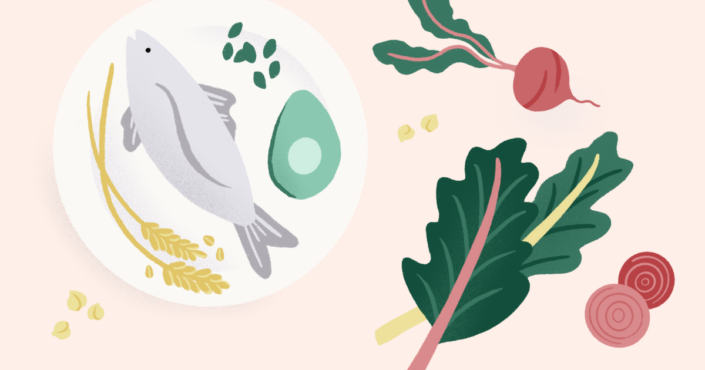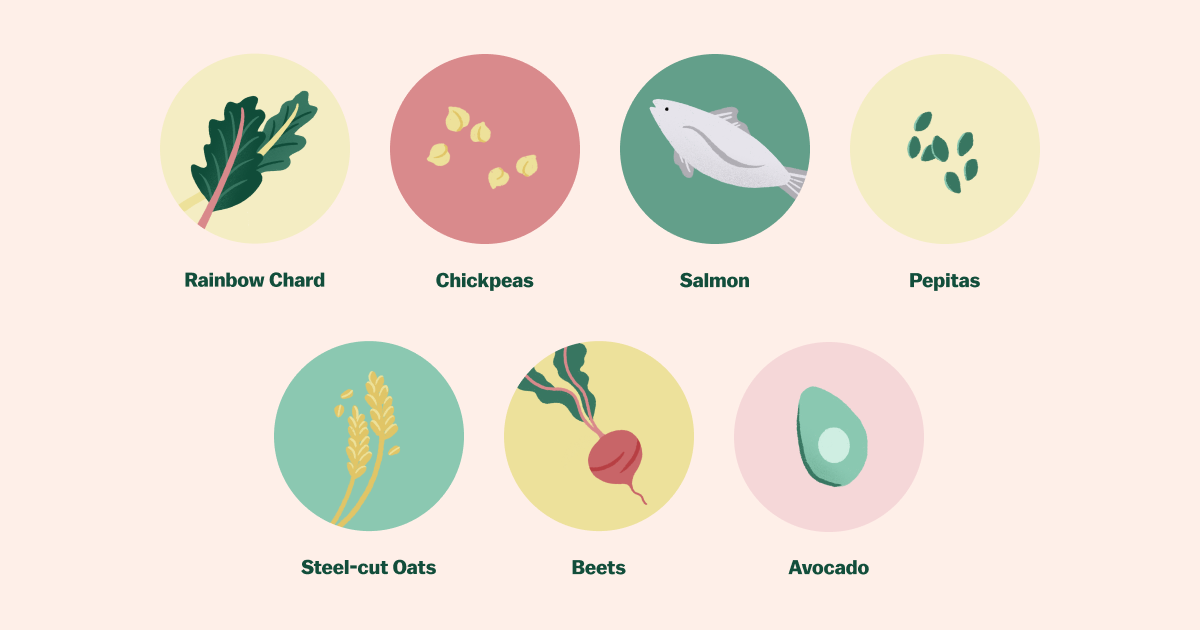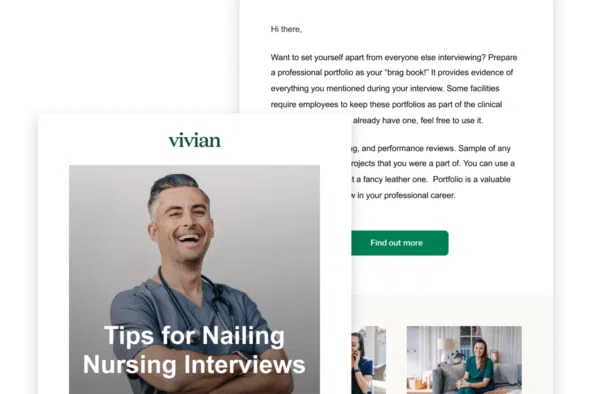So you’re finally getting a lunch break on your 12-hour shift? Whew – what a relief.
As a nurse, you’ve educated countless patients on ways to improve their diet, even helping them select foods from the heart-healthy menu of the hospital kitchen. But, when your own lunch break comes around, eating a meal may feel like more of a survival tactic than an opportunity for nourishment.
Being the model of health is easier said than done, so we created a list of heart-healthy foods just for nurses. Whether you eat them on the drive to work, for lunch, or when you are home, consider incorporating some of these foods to help protect your nursing heart.
Preventing Heart Disease with Heart-Healthy Options
Between heavy patient loads and frequent distractions, nurses are constantly navigating stress on the job. This amount of stress can become problematic if it’s not properly managed. According to a study by the Journal of the American Heart Association, coronary heart disease can be directly correlated to work-related stress. The study shows that a high-stress work environment can lead to hypertension, high cholesterol, and maladaptive behaviors like smoking.
While the chaos of a hospital setting is beyond the nursing staff’s control, nurses can make diet and lifestyle choices that help mitigate the effects of stress. The following meal ideas will help nurses get a heart-healthy diet by:
- Reducing sodium intake
- Getting dietary fat from plant-based proteins instead of animal products
- Incorporating dietary nitrates
- Steel-cut oats. Not only are whole grains a good source of dietary fiber and B vitamins, but they may also combat heart disease. Steel-cut oats help reduce the amount of added sugar and sodium to your diet to help prevent diabetes and hypertension. Overnight oats are an easy lunch item to prep the day before your shift.
- Pumpkin seeds are rich in magnesium which helps lower blood pressure, and they’re full of antioxidants that help reduce inflammation. Enjoy these cholesterol-lowering seeds roasted as a savory snack on their own or on top of soups and salads.
- Chickpeas. Beans and legumes are good protein sources without the saturated fat from animal products. This means you won’t have to worry about high cholesterol if you choose a chickpea-filled veggie patty over a beef burger in the cafeteria.
- Beets. These root vegetables are a good source of dietary nitrates, which help combat sodium-induced hypertension. Some other sources of dietary nitrates are leafy greens, celery, and lettuce. Lunch tip: pack a plain Greek yogurt serving and top it with pickled beets and pumpkin seeds instead of sugary granola.
- Salmon. The American Heart Association recommends eating fish twice a week because it’s a low-fat source of protein. Fish also contains omega-3 fatty acids, proven to reduce the risk of heart disease and stroke. If you’re not in the mood to fill the break room with the aroma of microwaved fish, consider packing smoked salmon on a whole-grain English muffin for a protein-packed lunch.
- Avocados are often called “good fats” because they have been proven to lower total cholesterol, LDL (bad cholesterol), and triglyceride levels. A whole avocado is an easy item to throw in your work bag and eat with a spoon from the nurse’s station when no one covers your break (sorry JCAHO). If you have a few minutes for meal prep, you can make a quick salad with sliced avocado and tomatoes tossed in balsamic vinegar.
- Rainbow chard. Nutritionists recommend filling your plate with lots of colors to get a variety of well-rounded nutrients, which makes rainbow chard an excellent choice. Greens are an essential component in a heart-healthy diet due to their ability to combat inflammation, hypertension, and high cholesterol. Chard is a multidimensional ingredient for soups: you can sauté the rib and use it for a soup base in place of celery, then chop in some leaves once the soup is finished for an extra nutrition boost.
Finding Ways to Eat Heart-Healthy Foods at Work
In all honesty, I’m totally guilty of recharging with Skittles and Mountain Dew while spending my “lunch break” with a patient in MRI. While this isn’t my proudest moment, I learned from experience that meal prep is the best way to ensure I’m getting some nutrition on a busy shift.
One of the easiest ways to prepare for a 3-in-a-row workweek is to double the recipe for whichever recipe you decide to make! For example, if you’re making a pot of lentil soup, go ahead and allocate your lunches into three containers before sharing with your roommate or family. It helps to have small glass containers, Tupperware, and mason jars available to pack lunches ahead of work.
Remember that having a healthy snack in your work bag will always be a better option than anything in the vending machine when push comes to shove. Here are a few other heart-healthy snacks you can have available at work:
- Nuts
- Apples and nut butter
- Hard-boiled eggs (remove the yolk if you’re watching your cholesterol)
- Tuna pouches
And for the shifts when your coworkers invite you to order Doordash, you can find ways to make healthy food choices from the takeout menu.
Eating Heart-Healthy as a Nurse is Possible
As nurses, balancing the stress of work and personal responsibilities can be overwhelming, and incorporating new diet changes may feel like a task. However, by adding a few heart-healthy foods into your diet, you’re on the path to better overall wellbeing. It’s up to you to put your health first – because we all know breakroom pizza did not make this list.
To learn more wellness tips for nurses, visit our Wellness hub on the Vivian blog.






Hi Alexa great tips,that’s exactly what I do .In the mornings it’s soo easy just have to pack my bag.Hope others will take your advice .Been doing that since school days
Awesome!
Enjoyed your article here. Thanks for the reminder!! Larry, PT